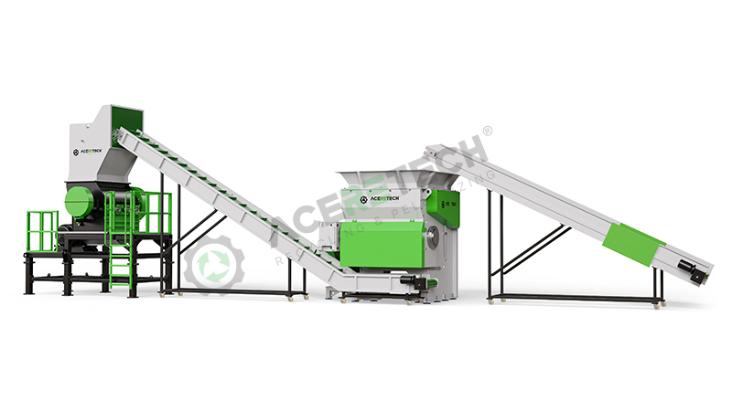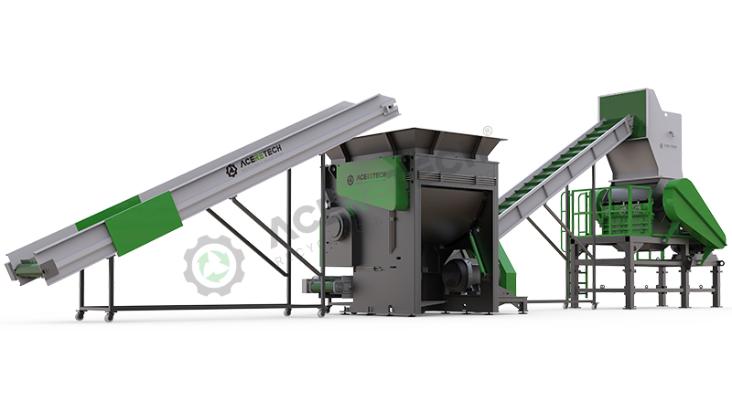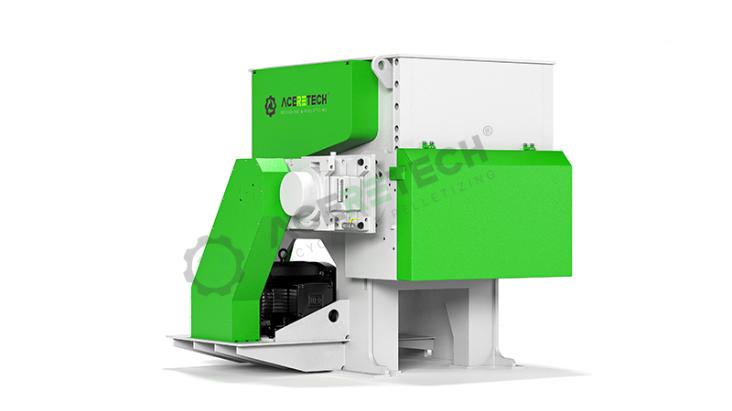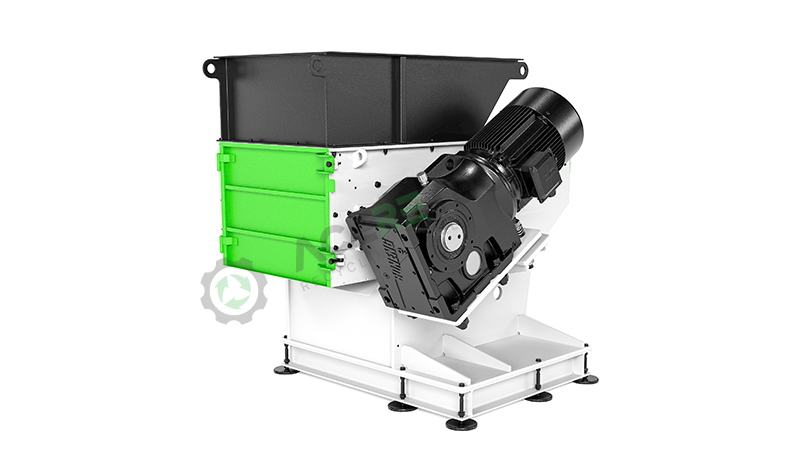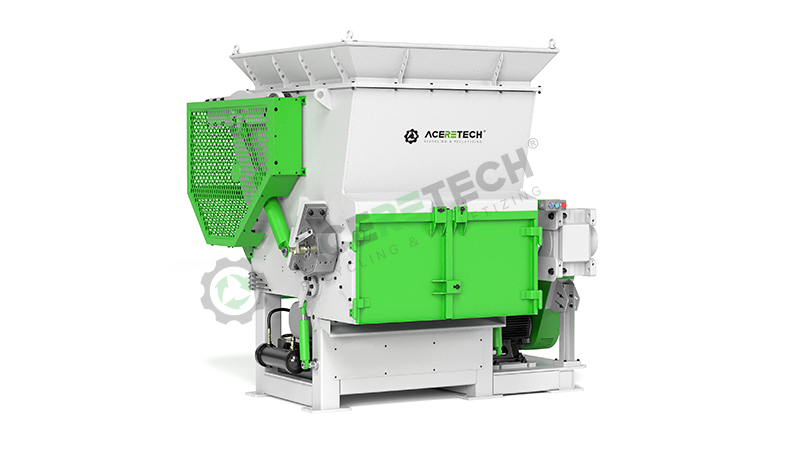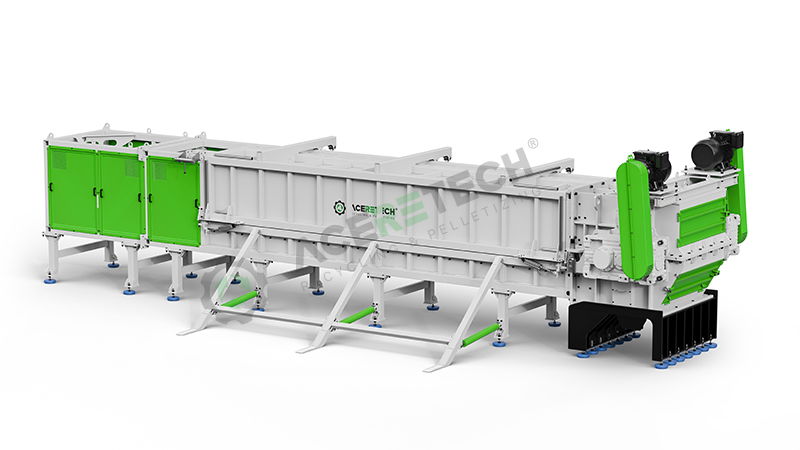Article Sections
Ⅰ. What is a Plastic Shredder?
II. Benefits of Using a Plastic Shredder in Plastic Recycling
In today's era of growing environmental awareness, plastic recycling has become a crucial measure for protecting the environment and conserving resources. As a key piece of equipment in the plastic recycling process, plastic shredders play an irreplaceable role.
Ⅰ. What is a Plastic Shredder?
A plastic shredder is a mechanical device specifically designed to shred plastic. Its working principle primarily involves high-speed rotating blades, which shear, tear, and crush plastic materials into smaller pieces. This machine typically consists of a frame, a blade disc, a motor, and a transmission. While its structure is relatively complex, it offers powerful functionality. Depending on the application requirements, plastic shredders can be categorized as single-shaft or dual-shaft shredders. Single-shaft shredders are suitable for processing relatively soft, easily broken plastics, while dual-shaft shredders are more effective for handling harder, more resilient plastics.
Plastic shredders have a wide range of applications and can shred a wide variety of plastic types. Common examples include PET plastic, commonly found in beverage bottles. Shredders can easily break it down into smaller pieces, making it easier to clean and process. PP plastic, widely used in plastic bags and toys, can also be processed by shredders. PE plastic, commonly found in plastic film and pipes, can also be shredded and reused. Furthermore, shredders can break down complex, bulky plastics, such as car bumpers and appliance casings, into small, recyclable pieces.
II. Benefits of Using a Plastic Shredder in Plastic Recycling
1. It significantly improves recycling efficiency. Unshredded plastic, especially large pieces, is difficult to clean, sort, and process. Shredders can quickly break these large pieces down into smaller pieces, making subsequent processes smoother. For example, when recycling used home appliances, the casings are often large, making direct cleaning and sorting difficult. Using a shredder not only makes cleaning easier, but also facilitates the separation of different types of plastic, improving overall recycling efficiency.
2. Using a plastic shredder helps improve the quality of plastic recycling. Shredded plastic fragments are more uniform in size, facilitating better mixing and plasticization during subsequent processing. For example, when recycled plastic is made into new plastic products, uniform plastic fragments ensure more consistent quality in the new products. If the plastic fragments are uneven in size, this can lead to uneven density, strength, and other properties in the new products, impacting product performance.
3. Plastic shredders can reduce recycling costs. Large pieces of plastic take up a lot of space during transportation, increasing transportation costs. Shredded plastic, on the other hand, is significantly smaller, allowing for more compact packaging, reducing the number of trips and thus lowering transportation costs. Furthermore, shredded plastic is easier to sort and handle, reducing manual labor time and costs.
4. From an environmental perspective, the use of plastic shredders helps reduce plastic pollution. Large amounts of plastic waste, if not effectively recycled, can cause serious pollution to soil, water, and air. By using plastic shredders for recycling, these plastics can be reused, reducing environmental damage and achieving resource recycling.
In short, plastic shredders play a vital role in the plastic recycling process. It not only improves recycling efficiency and quality, reduces costs, but also makes important contributions to protecting the environment and achieving sustainable development. With the continuous advancement of technology, it is believed that plastic shredders will become more intelligent and efficient, bringing greater development space for the plastic recycling industry.
